A lot has been said in the press and among national security folks about the threat to Ukraine by Russia. It occurs to me that many people know little about the threat that Ukraine faces from its bellicose eastern neighbour.
To me, there is a gap in the coverage of events as articles are written by either journalists or policy wonks. The journalists, in their rush to feed the beast, lack the time to do much beyond the here and now. And the wonks write things that are only understandable by other wonks and dedicated amateurs, assuming too much prior knowledge along the way.
Either way, for those who don’t have the time or inclination to closely follow current events, it is easy to get lost in a sea of news coverage. So today, I am bringing you this primer on the current conflict between Ukraine and Russia.
Three weeks ago, I wrote that while the threat from Russia was real, it seemed doubtful they would invade Ukraine based on Putin’s style of measured foreign policy. But the buildup has continued, followed by this tweet from CNN reporter Natasha Bertrand.
Confirming @Reuters: The US has seen indications that Russia has positioned supplies of blood near Ukraine’s borders, according to a senior US defense official. Ukraine denies. WH official says Ukraine is “downplaying” the threat. with @OrenCNN @mchancecnn https://t.co/yHnXYs5f6R
— Natasha Bertrand (@NatashaBertrand) January 29, 2022
Up until recently, Russia had been moving large amounts of equipment along the border with Ukraine, but with recent reports of medical supplies including field hospitals and the aforementioned supplies of blood entering the theatre, this is getting more serious, more real. You don’t bring up supplies of perishable medical supplies unless you believe they will be required.
There is a lot of information flying around, so I thought I would help condense it so people can understand what may happen and what is at stake.
Why would Russia attack Ukraine?
Russia does not want any further expansion of NATO into any more former Soviet states. For the same reason that China props up the North Korean regime, Russia wants to limit the number of US close allies right on its border. There is also significant distrust on both sides. It is unlikely that Putin will believe any pronouncements about future Ukrainian membership into the EU or NATO. Putin believes that Russia has already been betrayed with the admission of former communist states like Poland, Romania and the Baltic states. This is a heavily disputed fact in the west, but Putin believes it, so it may as well be true.
He also wants to bring Ukraine into the Russian sphere of influence. Putin has achieved this with Belarus, Armenia and most recently with Kazakhstan and wants to arrest Ukraine’s move toward closer ties with the west. There is also no doubt that Putin laments the fall of Russia after the collapse of the Soviet Union and, while he does not openly wish to rebuild the USSR, he does want to restore Russia’s global power and prestige, and Ukraine is the next step towards that goal.
Putin would also seek to cement Russian control over the Crimean peninsula. Annexed in 2014, the region is still acknowledged as belonging to Ukraine by the international community. He would seek to force a settlement that formally grants Crimea to Russia.
The Ukrainian region of Donbas is also a thorn in his side. Russia chose not to annex this region, and pro-Russian voters would help maintain Russian control over a future Ukrainian government, so it is likely that he would reintegrate the Donbas region back into Ukraine.
Putin knows that he will not get his way on any of these points if he has to negotiate with the US, so a military confrontation with Ukraine is the only way to satisfy all these objectives. A quick thrust into Ukraine should force the government to the table where the Russians can dictate terms. The current Ukrainian President, Volodymyr Zelensky is also deeply unpopular with an approval rating in the 30s. His government could topple early on, and the Russians would seek to install a friendly government that would accept whatever Putin demanded.
There is another reason that has been floated by analysts. At the moment, to enter Crimea, you have to travel by bridge, sea or air; the only land corridor is through Ukrainian territory. They may drive from the Rostov region through Mariupol and along the coast to establish a land corridor with the Russian-controlled Crimean town of Armiansk. That way, Russia can bypass the vulnerable Kerch Strait (1) if required. There has been little equipment moved into Crimea since November, though there have been some recent developments. I don’t know how likely a northern thrust from Crimea is. Russian forces may wish to simply hold the peninsula until reinforcements can arrive from Rostov rather than go on the offensive.
Russian Strategy and Outcomes
So if Russia does pull the trigger so to speak, what is their likely strategy and what are the potential outcomes?
First, they will need an excuse to launch their invasion. Most likely, the Russians will manufacture an attack by Ukraine. It is a classic tactic. Germany used a faked attack on a radio station as a pretext to invade Poland in September 1939, and the Soviets used the shelling of a town as a pretext to launch the Winter War with Finland a couple of months later. There is a more recent Russian precedent as well. In 1999, a series of apartment bombings were used as justification to launch the Second Chechen War. So expect any Russian attack to be preceded by a convenient attack by Ukrainian forces.
Justification in hand, the attack can begin. But will that mean troops crossing the border? Probably not at first. It will probably start with rockets, missiles and artillery. And just like the Gulf War in 1991, Russia will seek to gain air superiority and use it to bomb Ukrainian defensive positions and command & control centres. Also, expect attacks from UAVs and perhaps the first wide-scale use of cyberattacks to hinder Ukrainian communication between its government, its armed forces and the civilian population.
The ground stage is likely to come next, but we don’t know where it will come from. There are four possible options.
First, an attack south from Belarus (1) on either side of the Dnieper River towards the Ukrainian capital of Kyiv. Second, an attack from the northeast from Bryansk (2), Kursk (3) and Belgorod (4). Third, from the Rostov region (5) into eastern Ukraine and potentially towards Crimea. And finally from the south in Crimea (6).
It is also possible that Russian troops may attempt to seize the Ukrainian port cities of Odesa (1) or Mariupol (2) via the sea or air. The Russians have recently moved some amphibious forces into the Black Sea, so this may either be part of the initial advance or as a means to draw the attention of Ukrainian forces after the initial invasion.
So are Russia aiming to annex Ukraine? Almost certainly not. Russia will most likely stop once it reaches the Dnieper River except for a couple of possible outcomes. First, they may wish to encircle the Ukrainian capital city of Kyiv or the aforementioned capture of Odesa. But geography plays a big part here. To the east of the Dnieper River—indicated by the red line in the below image—is relatively open country, perfect for large armoured formations. To the west are dense forests and mountainous terrain.
As part of their buildup, the Russians have mobilised bridging equipment. This could be for a variety of reasons. Russia may intend to breach the Dnieper, or at least think it may be a possibility. The mobilisation of all this equipment has not been done in secret. Ukraine knows it’s there and, Russia may hope that it holds some of its forces in reserve near Odesa or along the Dnieper in case the Russians use it. If they do, it makes a breakthrough along the Ukrainian frontier easier for Russia. As can be seen in the above image, the Dnieper is a very wide river in places, and Russian troops would be vulnerable to Ukrainian artillery if they attempted to cross.
Before a ground invasion begins, special forces will be deployed to organise pro-Russian separatists into open rebellion in the hope that the cities will already be in Russian hands by the time the army arrives. That way, they only need to enforce order and eliminate any resistance and can avoid wholesale destruction of Ukraine’s cities and tremendous loss of life.
Once they reach the Dnieper, it is unlikely they will progress further, but they may wish to encircle Kyiv to enforce a favourable settlement as the Germans did in France in 1871. This is potentially where the Russian client state of Belarus comes in. Major roads link the two countries on both sides of the Dnieper, and Kyiv is only 250 miles away from the border. Flanking attacks destined for Kyiv can take place on both sides of the Dnieper, as well as from Bryansk or Kursk.
The region is densely wooded in places, but its proximity and the quality of the roads means that a Russian armoured attack from this direction could make ground very rapidly.
If Russia successfully captures the eastern half of the country up to the Dnieper and encircles Kyiv, Ukraine would be forced to capitulate. Most of the Ukrainian export industry is located in the east. The Ukrainian economy would quickly collapse with such a dramatic loss. There will also be a refugee crisis as Ukrainians flee from the approaching Russian forces placing even more burden on Zelensky or whoever takes his place. Once Putin has the Ukrainians at the table, he would seek to cement his control over the government with a power-sharing arrangement. For example, a pro-Ukrainian PM from the west and a pro-Russian President from the east.
Despite their superiority in arms, there are risks for the Russians. Excluding the weather which I speak of below, militias are forming throughout the country vowing to fight a Russian invasion till the last. This is not without difficulty though. Previous Ukrainian dissident movements have originated in the west where the terrain is more defensible, and the plains of eastern Ukraine are ill-suited for an insurgency. They may be able to slow the Russian advance enough that they fail to reach their objectives before the spring thaw.
When could Russia attack?
Ukraine is in the depths of winter right now, and from what has been seen in eastern Ukraine and Russia, the ground is frozen solid, but these conditions will not last. From what I understand, the spring thaw in late March will turn much of the region into an impassable mush. Russia will need to ensure that it launches the attack with enough time to meet its objectives before the spring thaw.
News of blood supplies means they are not far away from being ready, but there is another factor that may delay the attack, the Winter Olympics that begins on Friday. With the west isolating Russia, Putin has turned to China and President Xi. They are logical partners; their foes are the same, and they have little in the way of overlapping interests. It is unlikely that Xi would want the Olympics interrupted, so any invasion is unlikely to begin before the 20th.
Russia also has military exercises scheduled with Belarus from the 10th to the 20th of February. This is not to say that D-Day for the invasion is the 20th. The Belarusian exercises are likely a pretext to move large numbers of Russian troops and equipment into the country for a potential drive south to Kyiv or a feint, so Ukraine spreads its forces ever thinner.
Leaving it this late does not leave a lot of time. The Russian armed forces have worked hard to fix their deficiencies, and with so many avenues to attack, the Ukrainians are going to be stretched. Ukraine is outmatched and has little hope of halting a Russian advance. And if pro-Russian separatists can take control of key cities, the Russian army could make rapid progress. They would have around six weeks. Is it enough time? We will have to wait and see.
There is still time for both sides to come up with some sort of a face-saving agreement, but time is fast running out.
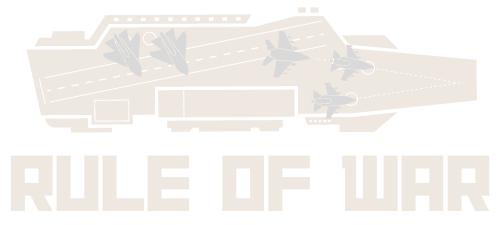






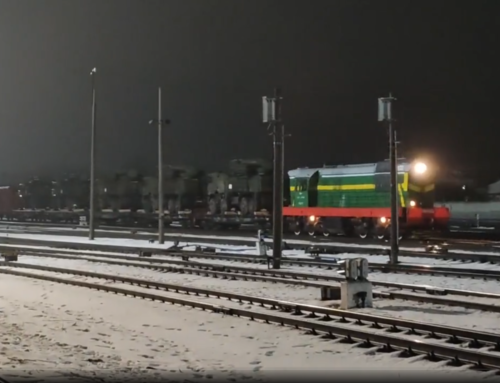
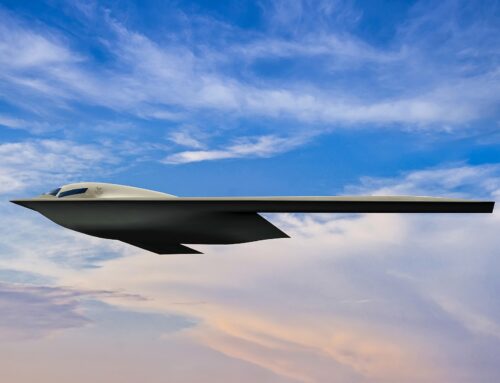
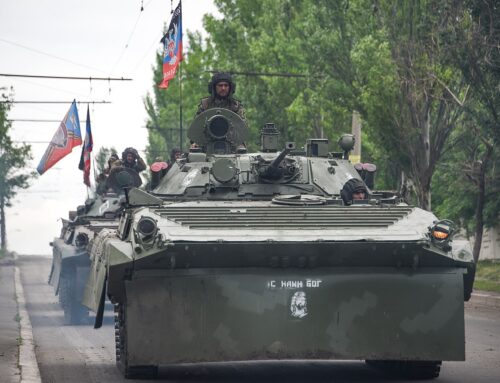
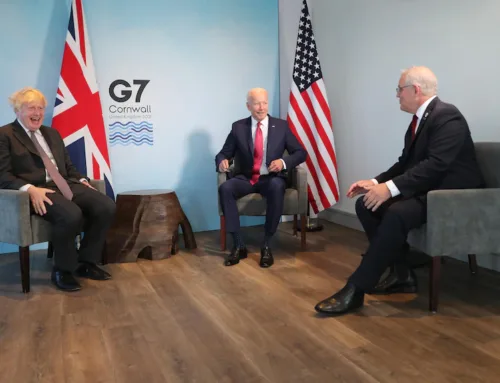
Leave A Comment